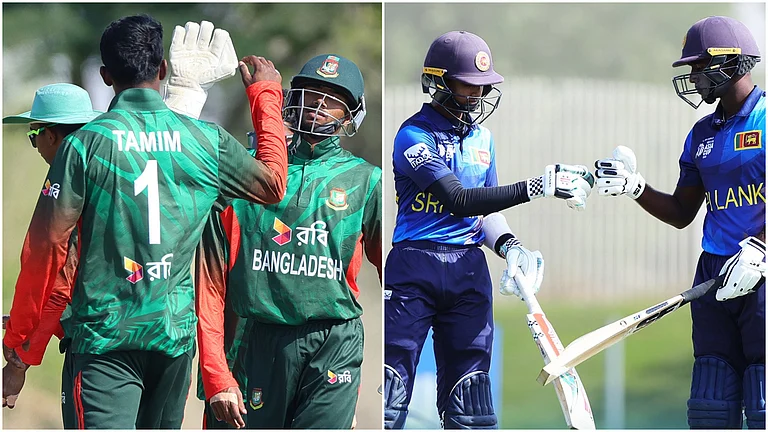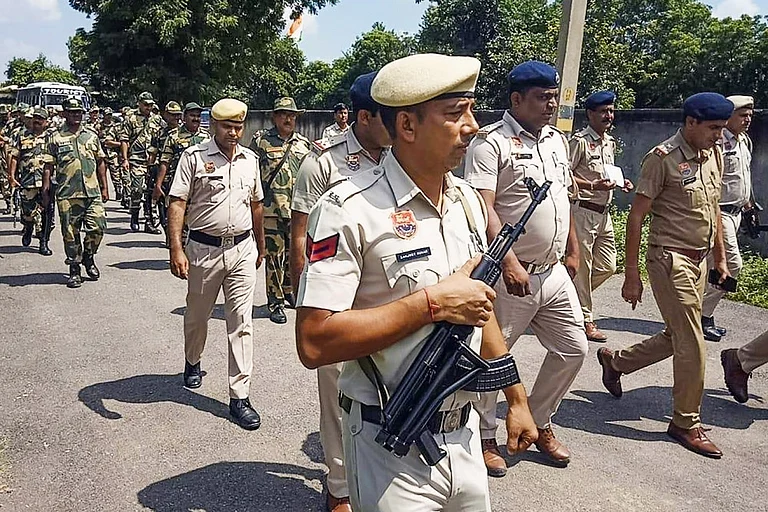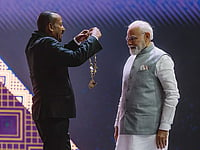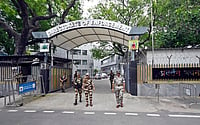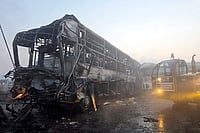WAS Indira Gandhi the first great economic reformer? In a lecture organ-ised by the Rajiv Gandhi Foundation on November 20, Arjun Sengupta, member, Planning Commission, and former Indira Gandhi aide, referred to the IMF-assisted economic programme begun by her in 1981 as "economic reforms".
A volley of protest followed. "Indira Gandhi had no reforms," contends Jairam Ramesh, former adviser to the Planning Commission. Agrees Arun Kumar, associate professor, Jawaharlal Nehru University: "Economic policy is forever changing. A few changes do not mean reform and liberalisa-tion. In India, the complete policy regime changewhich is essentially a philosophical changetook place only in 1991."
Sengupta says the "economic reforms of 1981", like those in 1991, followed a balance of payments (BOP) crisis. And although the IMF-supported programme followed two years of poor harvests and another monsoon failure in 1982-83, "the growth of GDP did not lower too much because of a continuing increase in the growth of manufacturing output". The programme, he adds, spelt fiscal and price discipline and started the process of deregulation.
"No doubt 1981 heralded many more imports but the liberalisa-tion extended primarily to imports of consumer goodscolour TVs, VCRs, cars and other goodies," says Kumar. The actual reforms came in 1991, allowing a liberal inflow of both consumer and capital goods, complete with relaxation in the Monopolies and Restrictive Trade Practices Act and the Foreign Exchange Regulation Act. As far as fiscal discipline is concerned, Ramesh argues: "The Centres fiscal deficit went up from 6.5 per cent of GDP to 7.7 per cent between 1980-81 and 1984-85. It is wrong to say that fiscal deterioration started in 1991. It started in 1981. It was not a fiscal stability era." The controlled inflation is explained by Ramesh as an achievement made possible by permitting the current account deficit to swell. "Indira Gandhi was very tough on inflation. But while we were saved on the domestic front, we paid heavily on the external front."
According to Sengupta, the unit value of exports increased sharply in 1981-82 and kept increasing in the remaining three years. At home, real public investment averaged around 9 per cent of GDP and was used to strengthen infrastructure. And can the fact that the economy averaged a 5.5 per cent growth rate from 1980 to 1990 be overlooked? "It was the best growth the country experienced during the century," says Kumar, referring to the decade.
If one avoids turning the whole issue into a mere numbers game, the bottom-line may be: just as the 1981 programme did not mean economic reform in its truest sense, the 1991 reforms have been hamstrung by economic mismanagement. "Today, prices are rising in spite of seven or eight consecutive good monsoons. We have food reserves of over 30 million tonnes and forex reserves of $20 billion, but poverty is actually on the rise and so is unemployment," says Kumar. "Without essential social expenditure and poverty eradication programmes, disparities may increase so much in a market-driven reforms pro-gramme that sustaining these policies may not remain credible," says Sengupta. And that is the worrisome issue, and not who started reforms.







